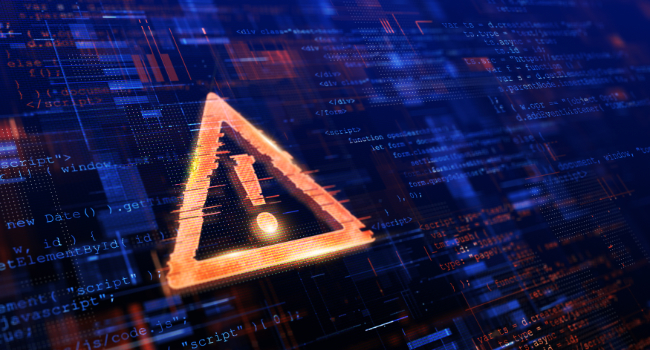
Government Sector Hit Hard By Ransomware Attacks According to New Report
ExtraHop recently released its global ransomware trends report, a data-driven analysis of ransomware impacts across geographies, industries, and organizations of different sizes.
According to the research, security leaders report that they are increasingly being targeted by ransomware actors, averaging nearly eight incidents per year and paying out an average of just under $2.5 million in ransom payments. And while ransomware activity is up across the board, some businesses find themselves to be a more likely target, depending on different demographics, such as the markets in which they operate or size of their organizations.
The U.S. is feeling the heat.
U.S. organizations felt the impact of ransomware the most, experiencing the highest number of incidents on average and paying out the largest ransoms (nearly $2 million more than the global average). German respondents, on the other hand, experienced the fewest incidents.
Governments are paying big ransoms.
Despite stating ransomware isn’t its biggest risk, the government sector averaged more than eight attacks last year and had one of the largest average ransom payments of $3.8 million. The government sector also noted the largest percentage of organizations paying more than $25 million in ransom payments.
Bigger isn’t always better.
The larger the company, the more likely it was to experience a ransomware incident. Organizations with more than 5,000 employees were more likely to pay the ransom every time and, on average, paid more than $4 million in ransom payments.
“Ransomware is targeting some organizations more than others, but despite this notion, everyone needs to be prepared to curtail exposure to the risks and damage posed by an incident,” said Mark Bowling, Chief Information Security and Risk Officer at ExtraHop. “As ransomware continues to find ways to bypass and evade existing security controls, we can anticipate that these statistics will only grow more dire. Amid high-profile political elections and a growing call for regulatory action across the globe, it is time that the cybersecurity industry comes together to develop and adopt a more resilient security framework that can identify a ransomware attack before it devastates entire organizations, industries, and even economies.”